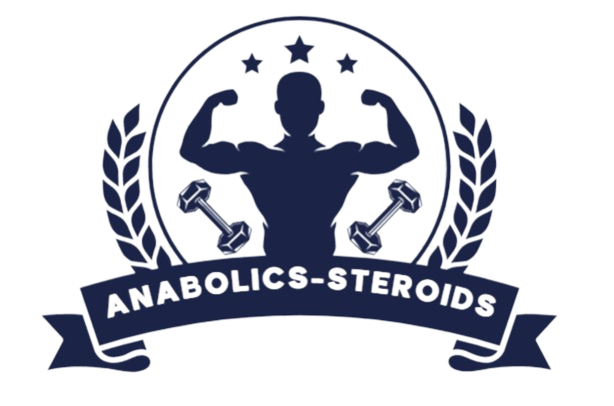by Matt Weik, BS, CSCS, CPT, CSN
Creatine has long been a go-to supplement for athletes looking to build muscle and enhance performance. In fact, creatine supplements are the most researched supplements on Earth.
But its storyline is far from over, with no peaking in sight. Researchers and industry leaders are now pushing creatine into new territory, expanding its benefits beyond the gym.
At the recent Sports & Active Nutrition Summit in San Diego, experts shed some light into how creatine is evolving and what the future may hold.
What was once considered purely for muscle growth is now being studied for cognitive function, bone health, and even longevity. And if current trends continue, creatine sales are only going to skyrocket with each passing year. Heck, I even recommend creatine supplements to my elderly clients, thanks to all the benefits.
In this article, we’re going to dive deeper into what is currently being said about creatine supplements and where this product is expanding into.
Disclaimer: This article is for informational purposes only and is not meant to treat or diagnose any condition. It is recommended that you speak with your doctor before starting any exercise program, making changes to your nutrition plan, or adding any new supplements into your current regimen.
Creatine’s Expanding Market
Scott Dicker, senior director of market insights at SPINS, said that creatine’s growth is being fueled by new demographics.
“The number one thing I always look at for an ingredient to explode is whether it’s already established but finding new audiences,” he said. “Creatine checks all the boxes. It’s now popular with women, older adults, and even those looking at brain health.”
SPINS data backs this up. Creatine sales in the U.S. performance nutrition market jumped nearly 49% in just one year, rising from $61.6 million to $91.7 million. And that’s just the beginning.
Beyond Muscle: The New Wave for Creatine Supplements
Creatine’s benefits for strength and performance are well-documented through a boatload of research and studies. But researchers now say that’s only scratching the surface of what creatine supplements can do.
Donald Miller, PhD, from the University of Manitoba, described creatine’s role as “just the tip of the iceberg.”
Creatine is a non-essential nutrient made from amino acids (arginine, methionine, and glycine), and it’s found in foods like meat, eggs, and fish. But supplementation takes it to another level.
Creatine’s rise in popularity isn’t just due to science — it’s also thanks to social media. TikTok has played a massive role in pushing creatine to new audiences.
According to longtime creatine researcher Ralf Jäger, “After 20 years, what happened? People finally started reading all the studies? No. What happened is TikTok.”
One viral example? Creatine’s impact on glute growth in women when combined with squats. That single trend opened up an entirely new consumer base.
Women used to worry about taking creatine supplements as they thought it would make them big and bulky like men. Then, when they noticed they could use it to increase the size of their glutes, the lightbulb turned on above their head.
Creatine’s Role in Brain and Bone Health
At the summit, researchers Darren Candow, PhD, and Scott Forbes, PhD, discussed the growing body of research into creatine’s effects on the brain and bones. Studies show it may support memory, protect against brain injuries, and even help with sleep deprivation.
For older adults, creatine supplements can also be incredibly beneficial. Research suggests it may improve bone density, aid postmenopausal women, and even boost immune health.
As for the best form? Dr. Forbes confirmed that creatine monohydrate is still the gold standard. However, newer forms like creatine hydrochloride are still something being purchased and recommended for creatine monohydrate non-responders or those who suffer from digestive discomfort.
The Man Behind Creatine’s First Breakthrough
Few people realize that creatine’s journey started in 1992 with Steve Jennings, known online as @creatineOG. Jennings was the man who brought creatine supplements to the market after a call from Dr. Roger Harris and Dr. Eric Hultman, who also conducted a study showing how creatine supplements improved muscle function.
The duo needed a creatine product developed in just 120 days to integrate into the British Olympic team’s nutrition strategy. Jennings made it happen. By day 47, he had an effervescent creatine tablet ready to go.
Initially, the product was kept under wraps. But on July 27, 1992, investigative journalist Doug Gillon blew the lid off in The Herald Scotland, writing, “If the claims advanced are true, then sport may never be the same again.”
Jennings knew creatine was a powerful ergogenic aid. The British Olympic team went on to win five gold medals that year. Sales exploded, and by 1999, Jennings had exited the business.
The Future of Creatine Supplements
Totally unexpected, but at 64, Jennings is back in the supplement space. His new company, Yeu, is focused on what he calls “Creatine 2.0.”
The goal? Stabilizing creatine monohydrate in liquid solutions and moisture-containing foods — a technical challenge that’s stumped researchers for decades.
Jennings and his team are close to cracking the code, with an announcement expected later this year. His mission? To expand the creatine market from 35 million consumers today to at least 115 million by 2035.
Creatine is no longer just a gym supplement. It’s evolving into a foundational supplement for performance, longevity, and overall health. If current trends continue, creatine’s impact will stretch far beyond sports nutrition, changing the way we think about supplementation.



